The rare animals to see in the wild are not the animals that are hard to find, rather, they are the animals that are uncommon and are hard to spot in the wild for various reasons. These animals are known to have unique and unusual characteristics. Most of these animals are hard to spot because they are nocturnal and because most tourists spend more time trying to spot the large and known animals, especially the big five.
- Leopard

A Leopard is one of the rarest animals to see on a safari. They are nocturnal and they move silently and stealthily like any other animals in the cat family. Leopards are nocturnal and solitary animals that spend most of their time hiding away.
They are known to eat mammals and large ungulates and birds. Their diet changes to the available prey in the specific area they live. When faced with competing predators, leopards hide their prey in tree branches and thick bushes. They are great climbers because their shoulder blades are attached in a special way giving them the ability to climb easily.
Leopards are also very fast when running and they are known to be good swimmers too. They can go as fast as 56 miles per hour. They can also jump 6 meters advancing through the air. Leopards are often mistaken for jaguars and cheetahs, but they all have distinguishing characteristics.
- African Civet
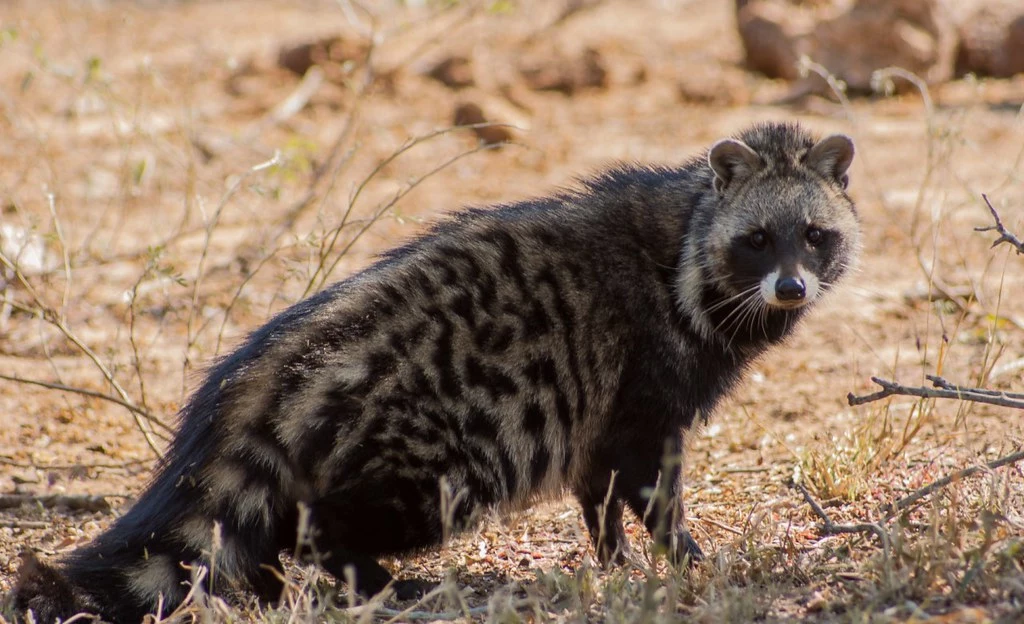
An African Civet is a spot-coated nocturnal with a mask-like face that is often confused with a raccoon. It also has a fur crest that goes down its back. Civets are mostly found in areas where there are a lot of trees where they can find cover and mostly near water bodies. They spend most of their day resting, hiding, and sleeping on tree branches. During the night, the animals go out to hunt which is why they are hard to spot on a safari.
Civets feed on lizards, small-sized rodents, insects, frogs, and snakes. They mostly go hunting near riverbanks because they are also known as great swimmers. They also like to stay in solitude, except when they are breeding. Civets are known to mark their territory with a scent produced from their perineal glands. This musk can last for up to 3 months.
When attacked, civets raise their long furry hair on their backs to make them appear bigger. There is inadequate information about them because of their nocturnal life.
- Pangolin
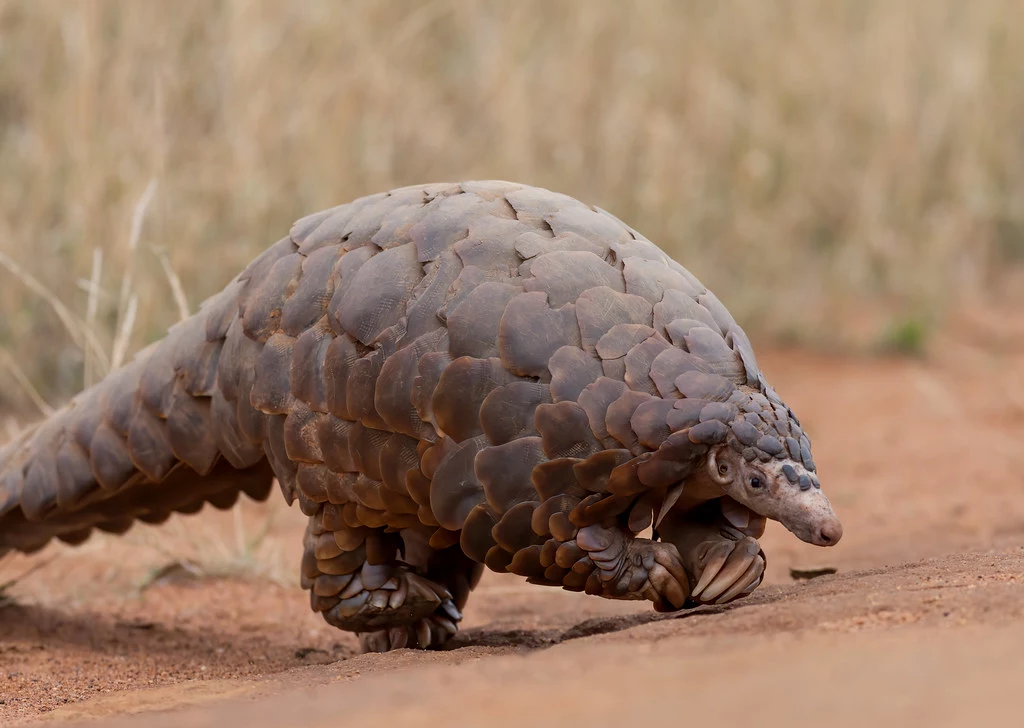
A pangolin is a scaly mammal and is also the most hunted animal in the world. Their name comes from the word “pengguling”, which means “something that rolls up”. These animals are nocturnal and extremely secretive even though they are found in most habitats. This makes them a hard species to learn about their habits and behavior.
Pangolins have no teeth and for that reason, they cannot chew anything. They only feed on ants, termites, and sometimes larvae. As an alternative, they have a long tongue with sticky saliva which they use to capture ants and termites. They highly rely on their strong sense of smell and hearing to get to ants and termites. They also swallow tiny stones to help them with food grinding and digestion, with the help of the keratin spikes in their stomachs.
Pangolins live either in burrows or hollow trees, where they can hide during the day. Their strong front legs enable them to dig into the soil or trees, tear down termite mounds, and find their prey. When in danger, a pangolin rolls into a ball that leaves only its scales to protect it.
- Serval
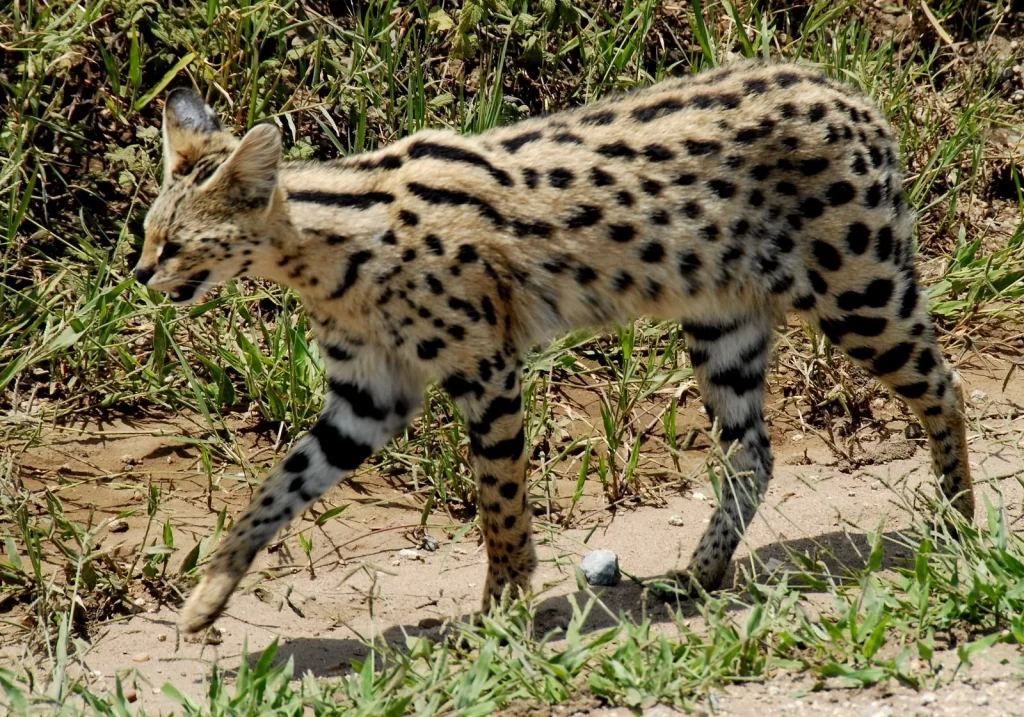
The serval is a wild cat that is found in Africa. It is medium-sized with black-spotted coats, a long neck, large ears, and long legs. Their large ears give them a strong sense of hearing and they use them to scan for prey. They are also known to live in solitude except when mating. Servals eat rodents, fish, insects, frogs, and birds. They catch their prey by pouncing and leaping high like all the animals in the cat family. They also use their strong forelimbs to get fish out of the water and rodents out of burrows.
Servals prefer areas that have tall grass, bushes, and vegetation near water. They use their skin coats to blend perfectly with their surroundings, hide from predators and stalk their prey unnoticed. They are mostly active at night and at dawn.
- Meerkat
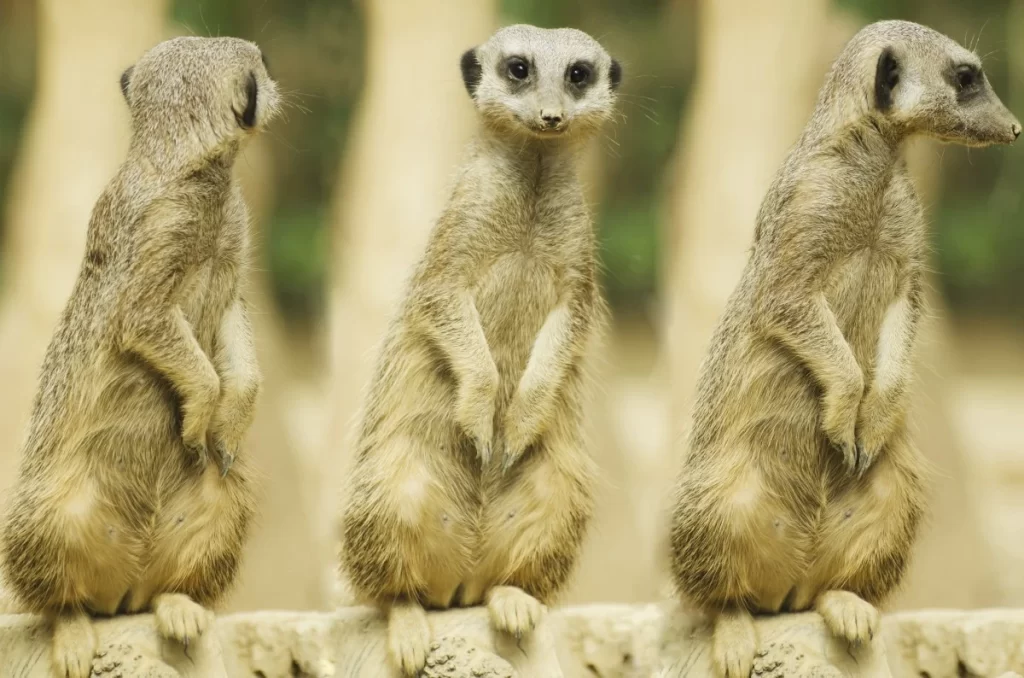
The meerkat, also known as suricate, is a type of mongoose that mostly lives in the desert. They have big eyes, a broad head, a pointed muzzle, a thin tail, and long legs. They have claws on their forelimbs which help them in digging out burrows and regulate the temperature of their surroundings.
They are very social and live underground in burrows in large groups of up to 40 meerkats called a mob. Meerkats are excellent diggers but they live in burrows dug by other animals like squirrels. The burrows they live in are 5 meters wide with up to 15 openings and are wide at the bottom. These burrows are normally cool which in return provides a better and cooler climate to stay in and protect the animals from the harsh temperatures in the ground above.
Meerkats are active during the day, mostly at dawn. When they sense danger, they draw back to their burrows. They feed on insects, small birds, snakes, and beetles. They are highly vigilant and are often seen sneaking their heads out of burrows and turning their heads from side to side looking out for danger. Meerkats spend most of their time in burrows which is why they are a hard species to spot.
- Caracal
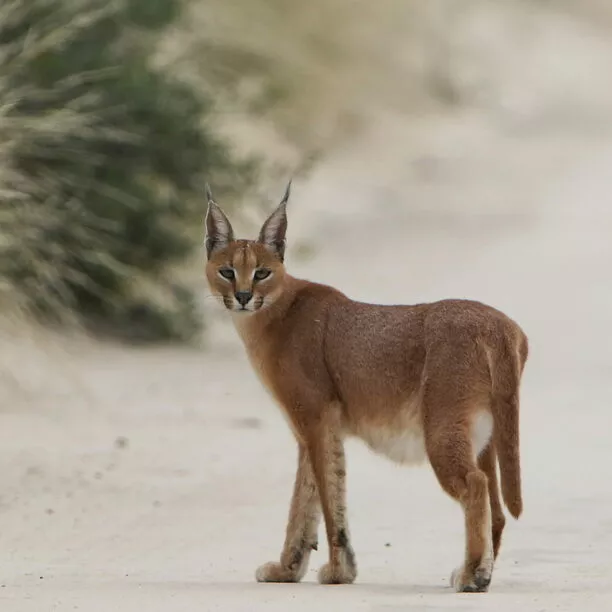
The caracal is a medium-sized wildcat found in the savanna, deserts, and sometimes in forests. They are also known as the desert lynx. They have a tawny reddish coat with a white throat and large, pointy, tufted ears. Their large ears have over 20 muscles each which enable them to detect sound from afar. Their coats enable them to camouflage perfectly without detection.
They feed on birds, hares, small monkeys, rodents, sheep, goats, and mongooses. They have strong hind legs that allow them to leap as high as 10 feet. They can also twist and turn to change direction in mid-air. They are known to hide their prey on trees like leopards because they are great climbers too.
They are naturally nocturnal- active at night- even though they have some activity during the day too. Nonetheless, this wildcat is highly secretive and hard to find and observe during the day.
